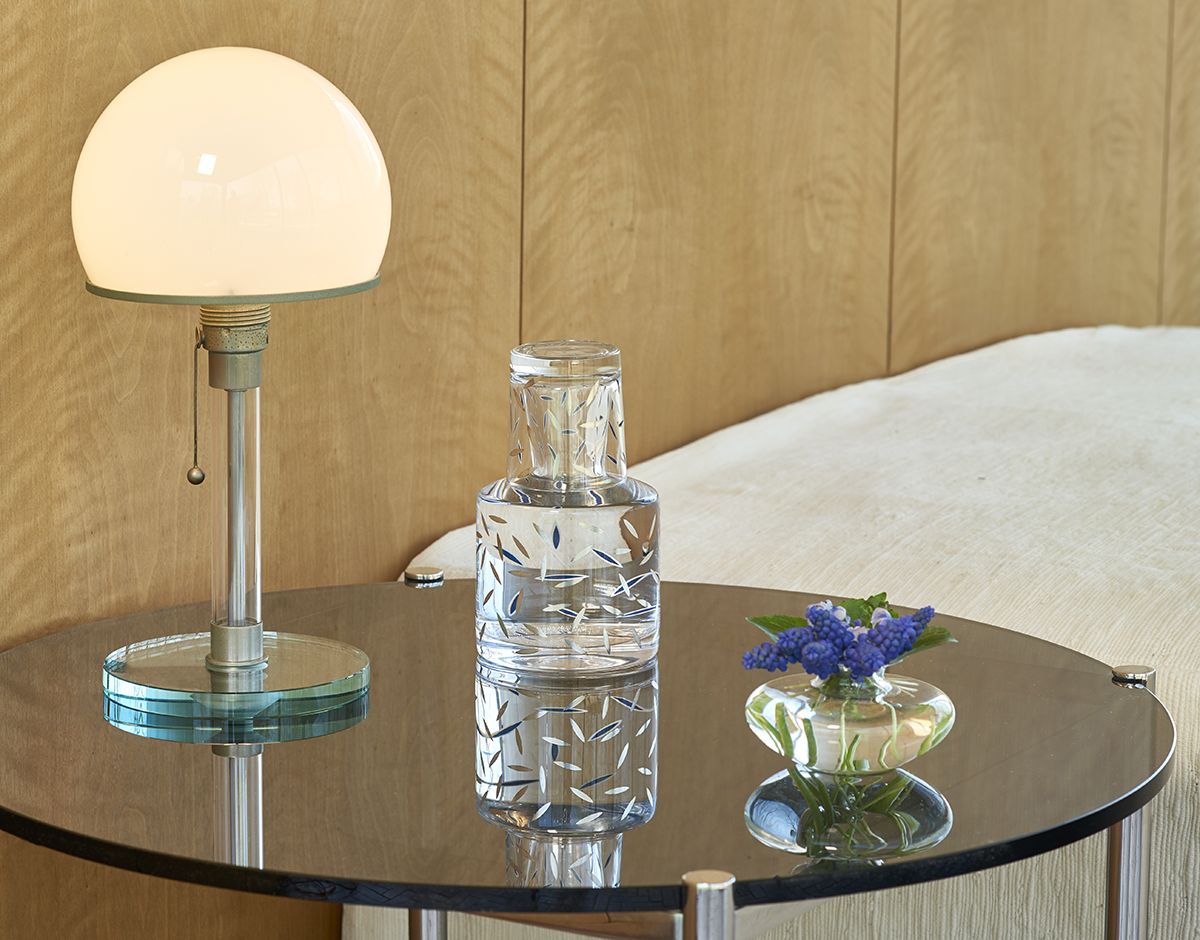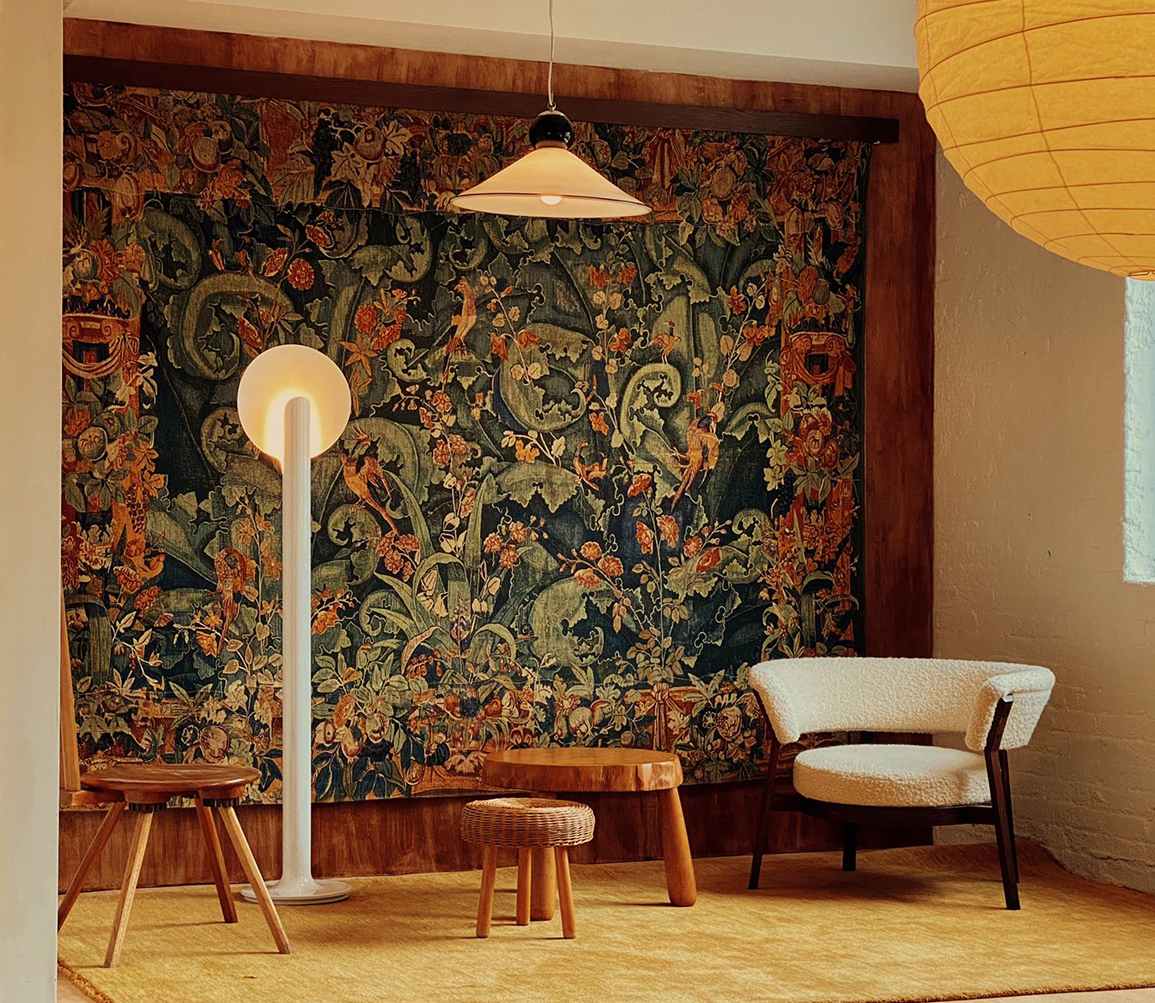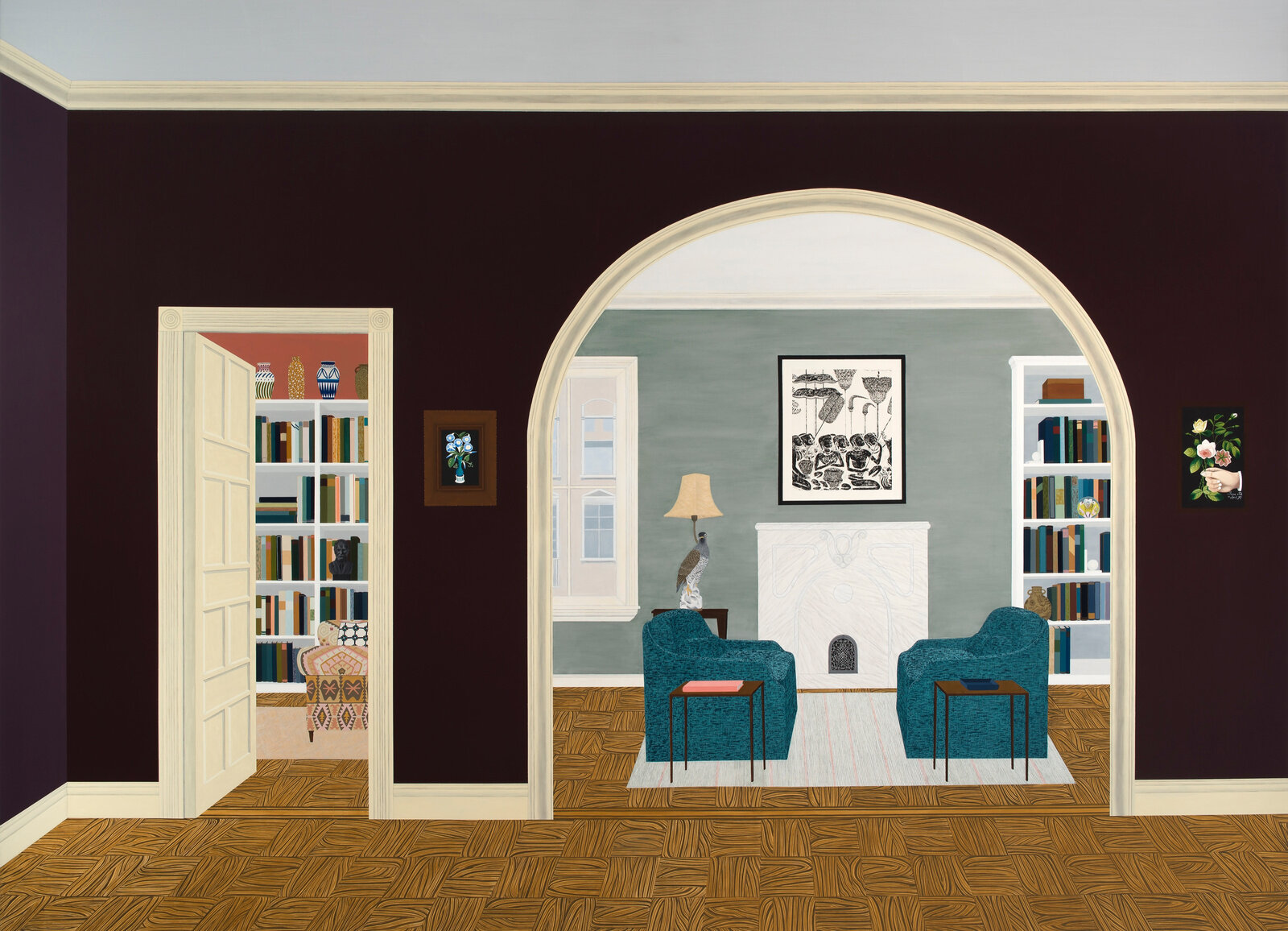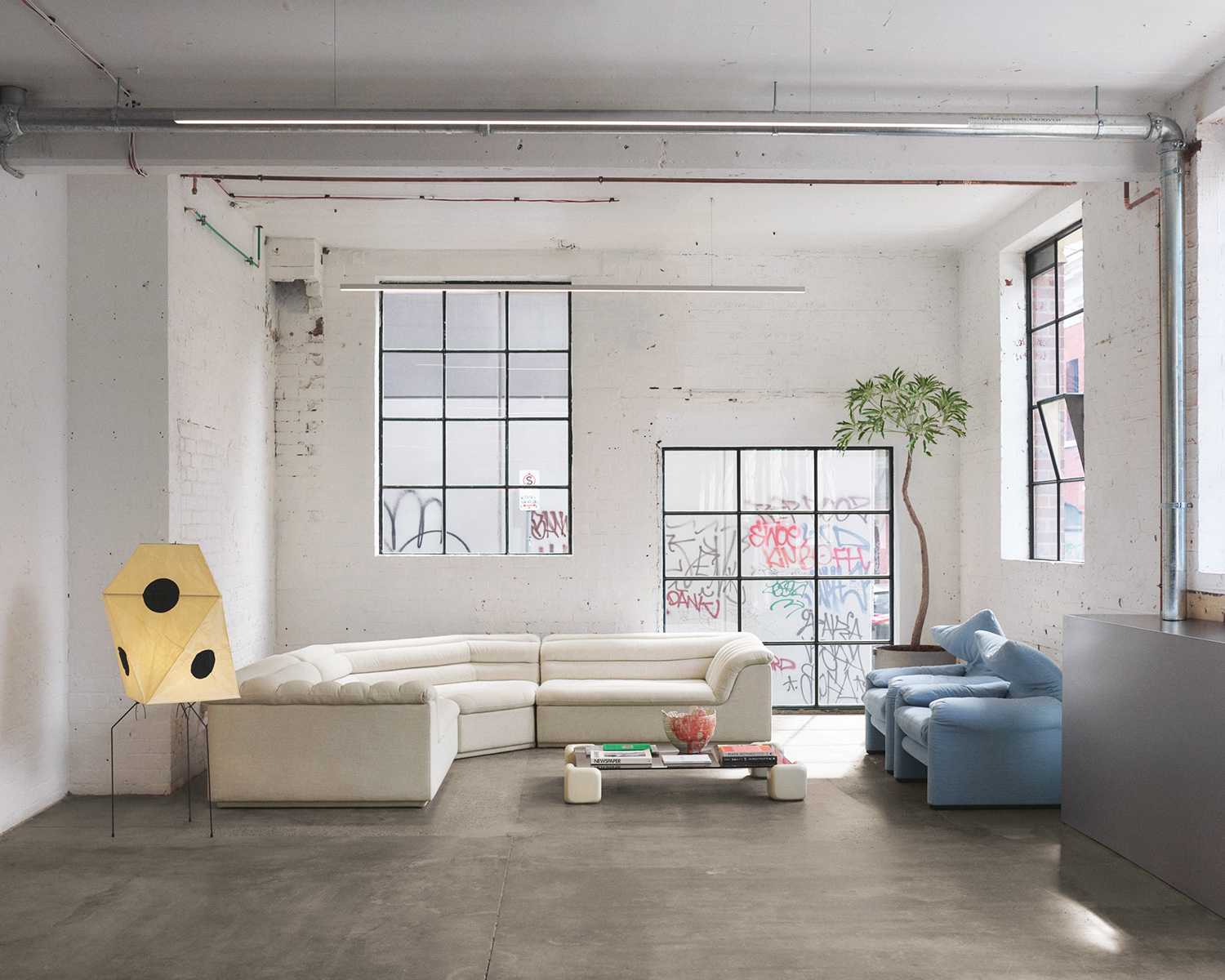
05.25.24
Saturday Selects
Week of May 20, 2024
A weekly Saturday recap to share with you our favorite links, discoveries, exhibitions, and more from the past seven days. This week, a vintage resale shop in Melbourne featuring some of our favorite Australian talents, a rug collection inspired by folklore and cinema, and the long-anticipated reopening of Philip Johnson’s Brick House.
Interior
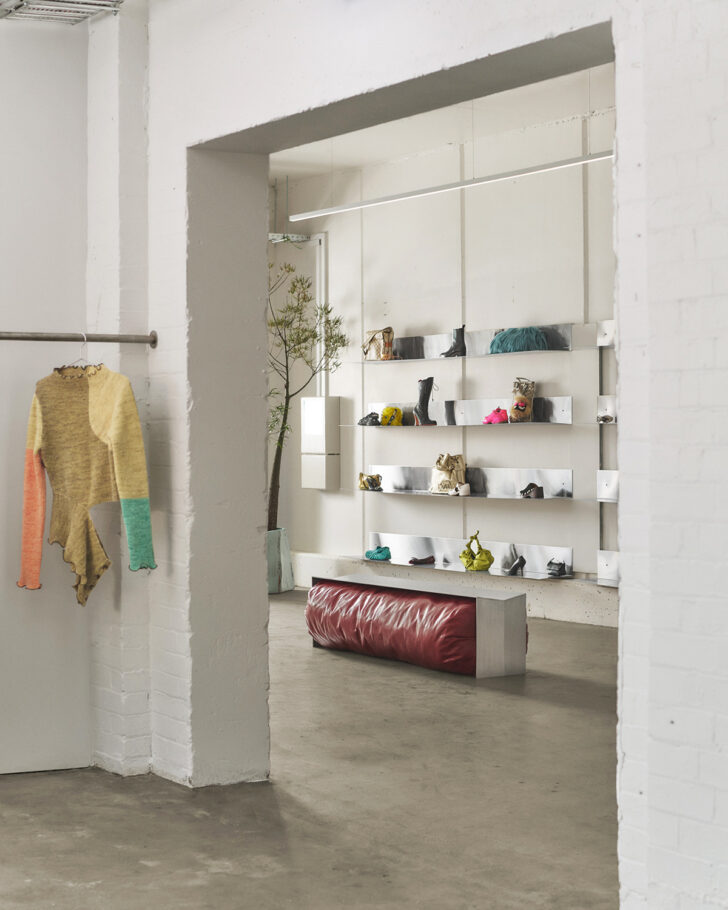
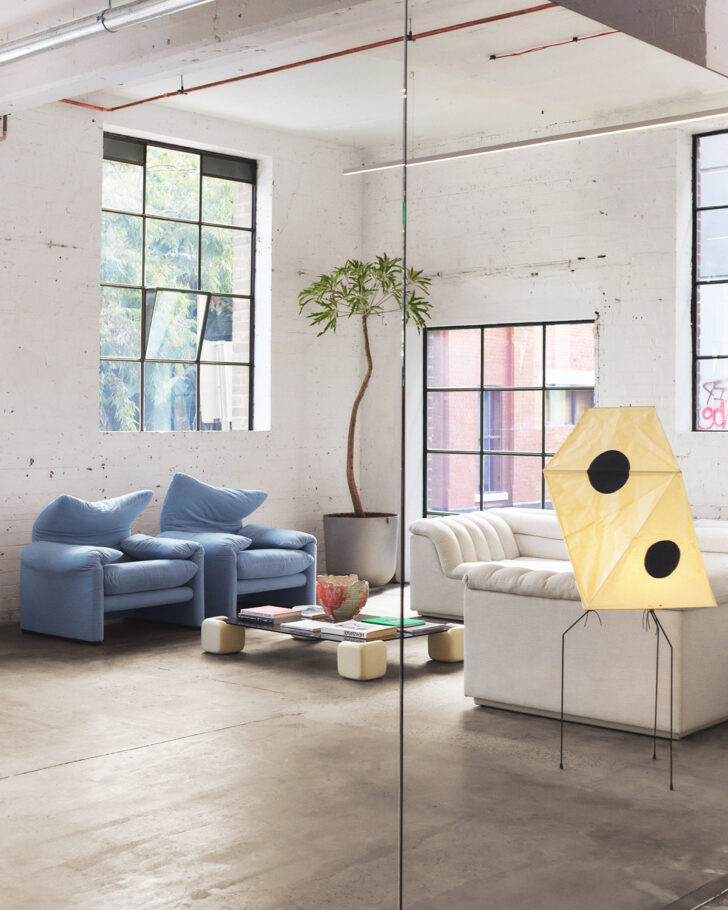
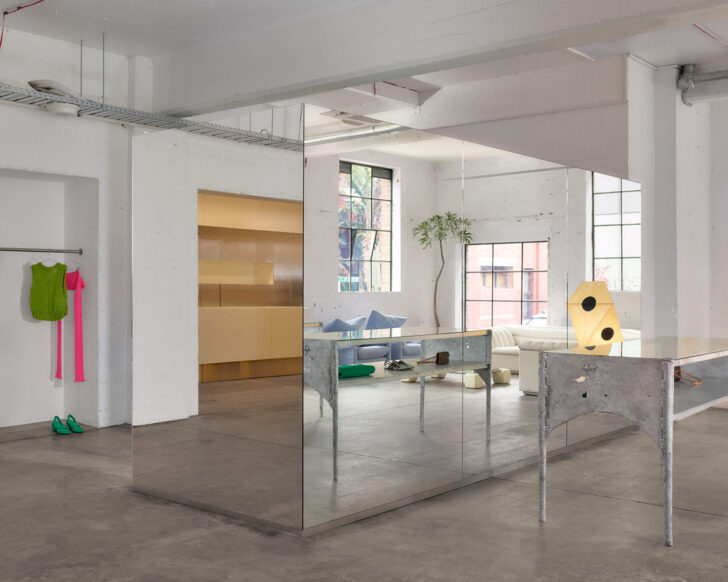
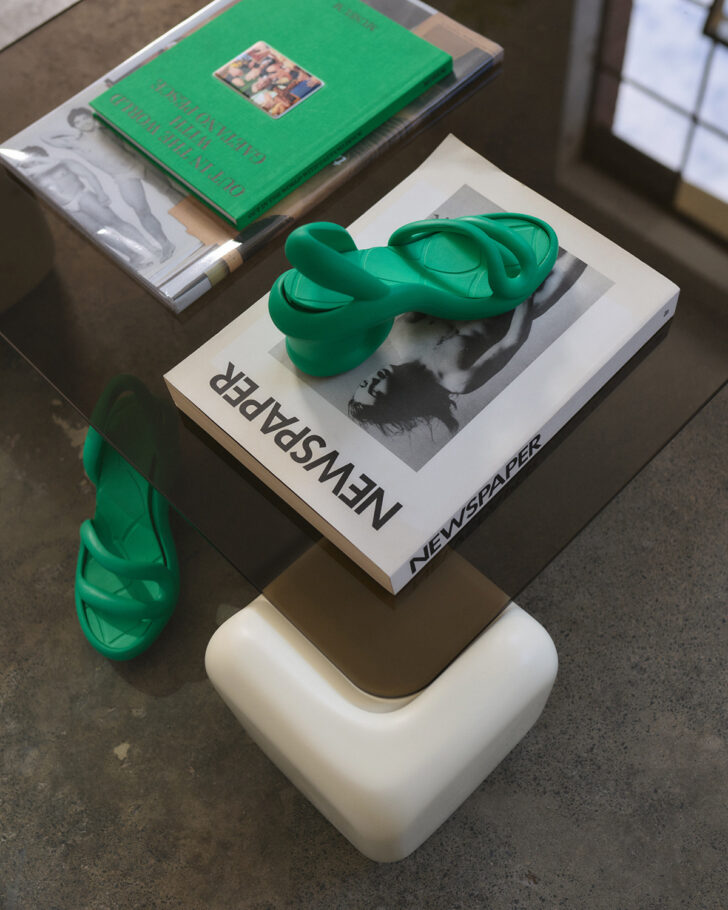
In addition to locations in Sydney and Brisbane, designer resale store SWOP recently relocated to a new spot in the Melbourne area. SWOP owner Brigid Gordon worked with Mills Gorman architects and interior designer Joseph Gardner of Studio Gardner to come up with an atmosphere that evokes a circular economy based on archival designer pieces, vintage scores, and recent runway looks. They’ve outfitted the light-filled warehouse with the work of Australian talents: a Sarah Ellison sectional sofa, a custom bench from Studio Tops, sculpture by James Lemon, floppy armchairs sourced from Castorina and, of course, a Studio Mignone Tavolo Morbido coffee table (which we sell in our shop if you want to recreate the look!)
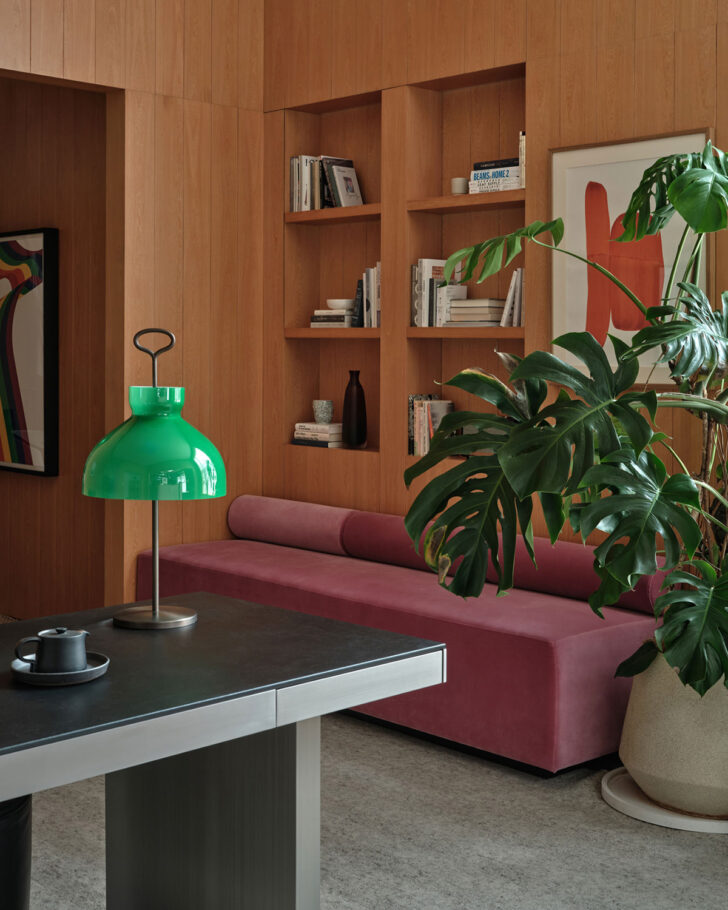
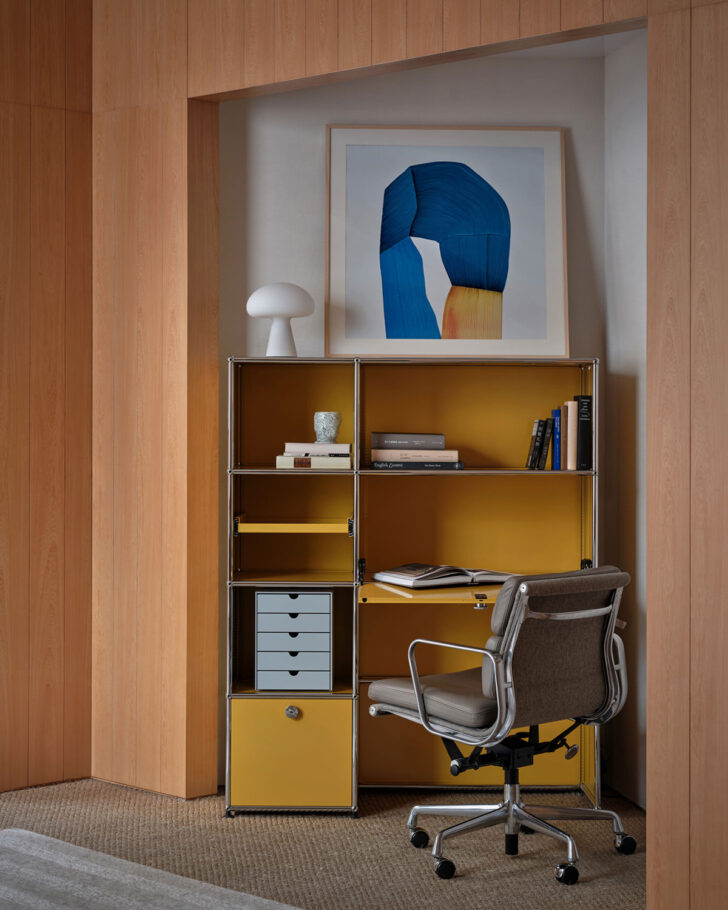
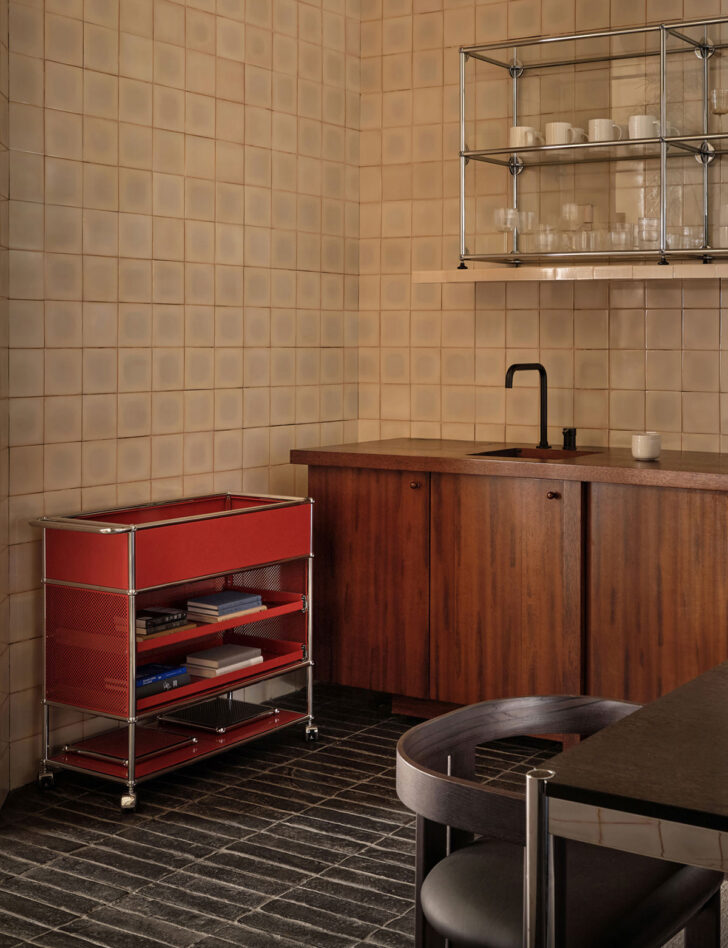
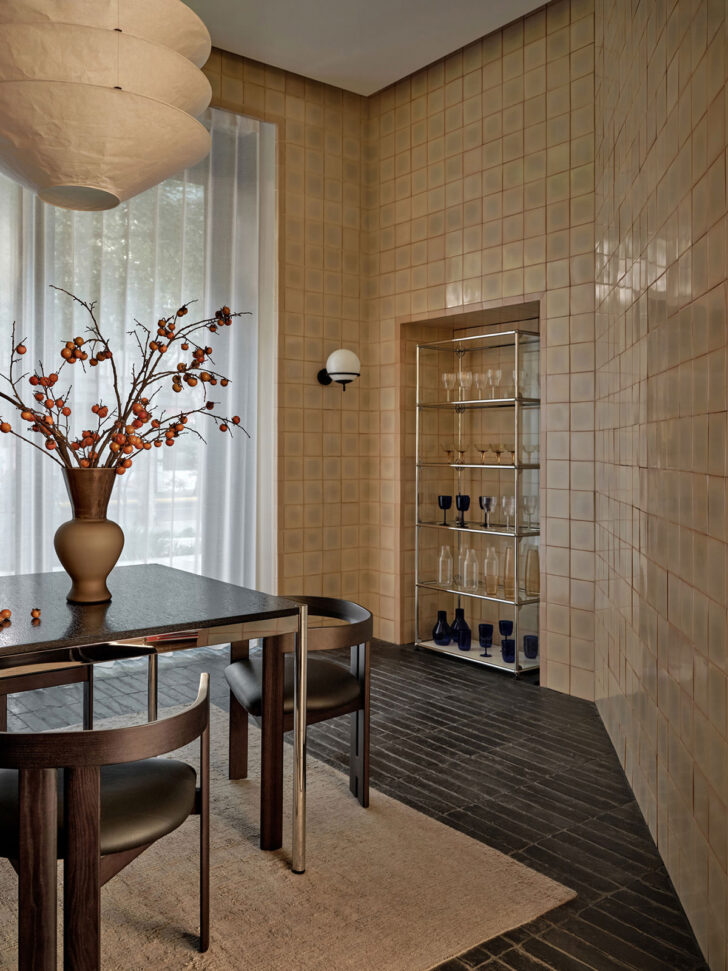
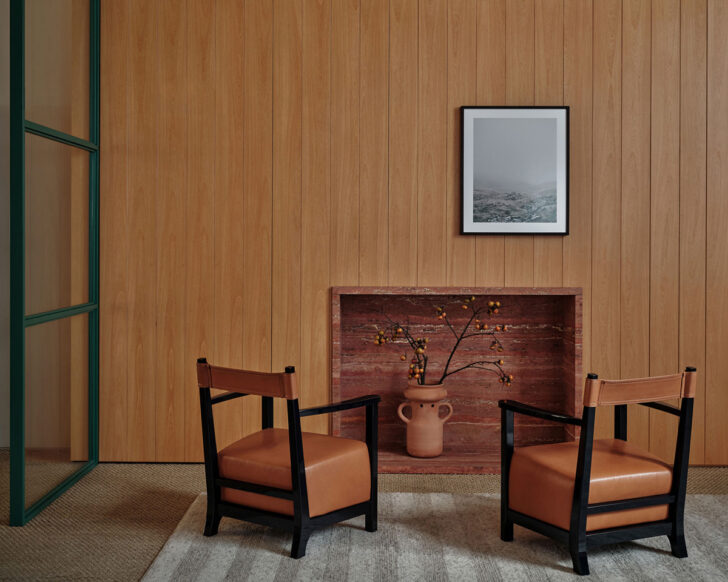
For the Swiss modular furniture company USM, Stockholm’s Hallaroed have created a showroom you’d want to live in, outfitted as it is with a kitchen and dining area and a bedroom, not to mention a fireplace and spiral staircase. But it’s the material and design details that make this space in Shanghai standout. Terracotta, beiges, and warm pinks mix with splashes of cobalt blue and oxblood while the tactility of timber cladding, a mix of tiles, and textured sisal on the floors contrasts with the smooth, stringent lines of USM’s furniture.
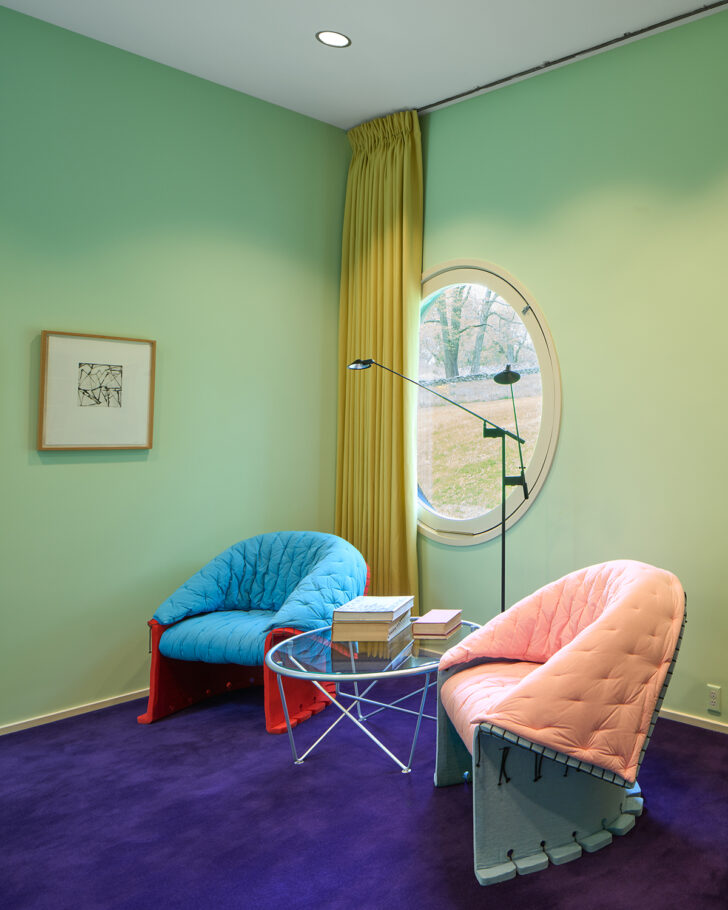
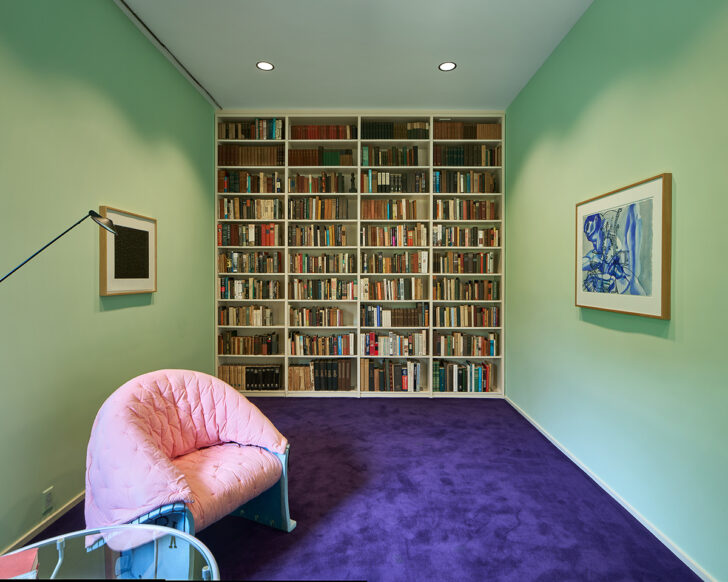
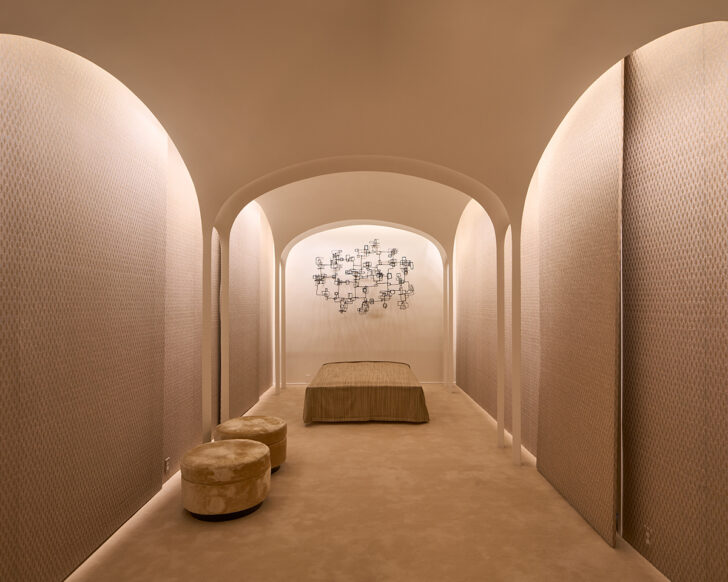
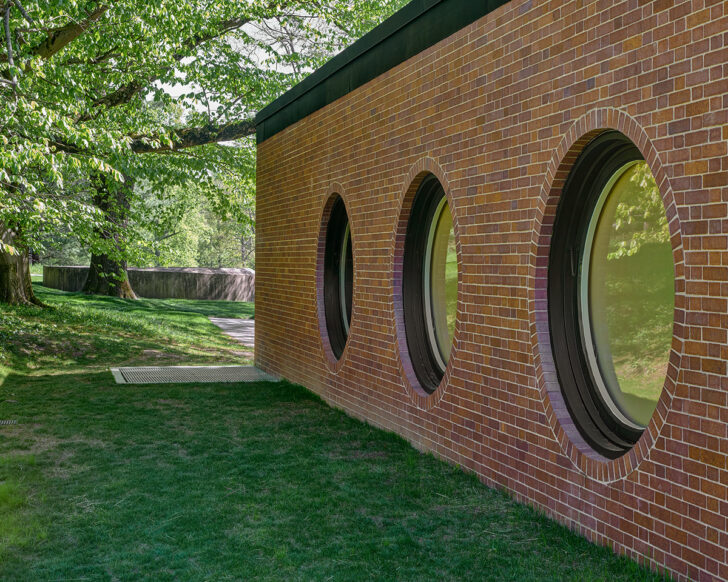
There are whole dissertations on the affinities between Modernist architecture and fascism, how people with some of the worst political leanings created some of the most compelling, influential structures. The complicated figure of Phillip Johnson exists in this context, with enduring works that continue to fascinate. Johnson’s Brick House, from 1949, had been closed to the public since 2008, but re-opened this month, beautifully restored by the National Trust for Historic Preservation in time for its 75th anniversary. Built just before Johnson’s famous Glass House, on the same New Canaan, Connecticut property, the Brick House is the solid counterpart to the transparent building it faces. For Johnson, it served as a site of ongoing creativity, in contrast to the Glass House – he updated and changed it over the decades he lived there with his partner David Whitney. The meticulous restoration includes walls covered in Fortuny fabric, custom carpeting from Edward Fields Carpet Makers, two 1980s Feltri chairs by Gaetano Pesce, and art works by Ibram Lassaw, David Salle, Brice Marden, and Vija Celmins that Johnson and Whitney collected.
Discoveries
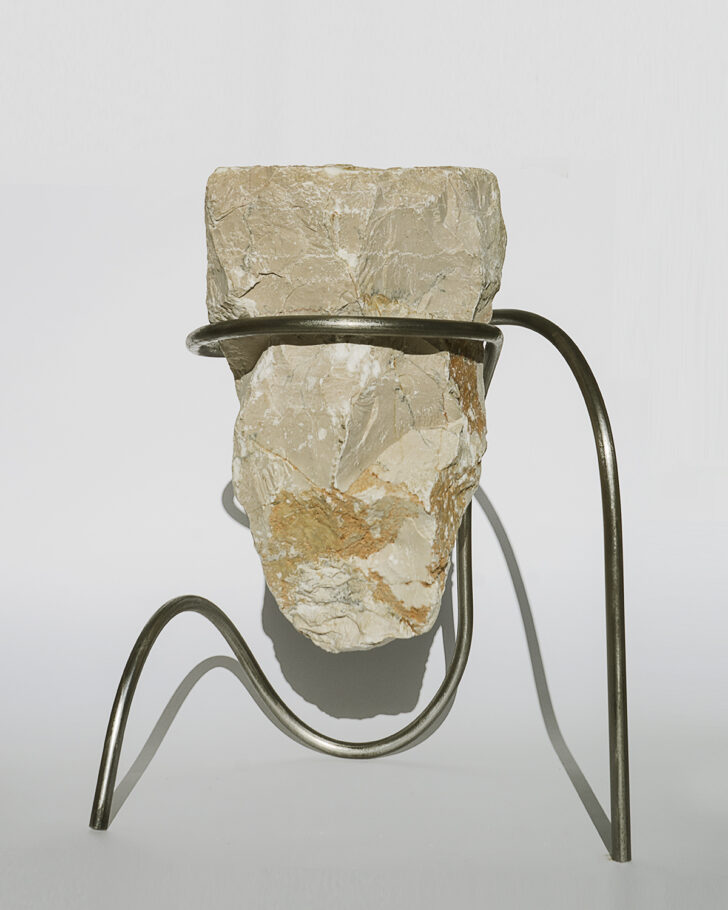
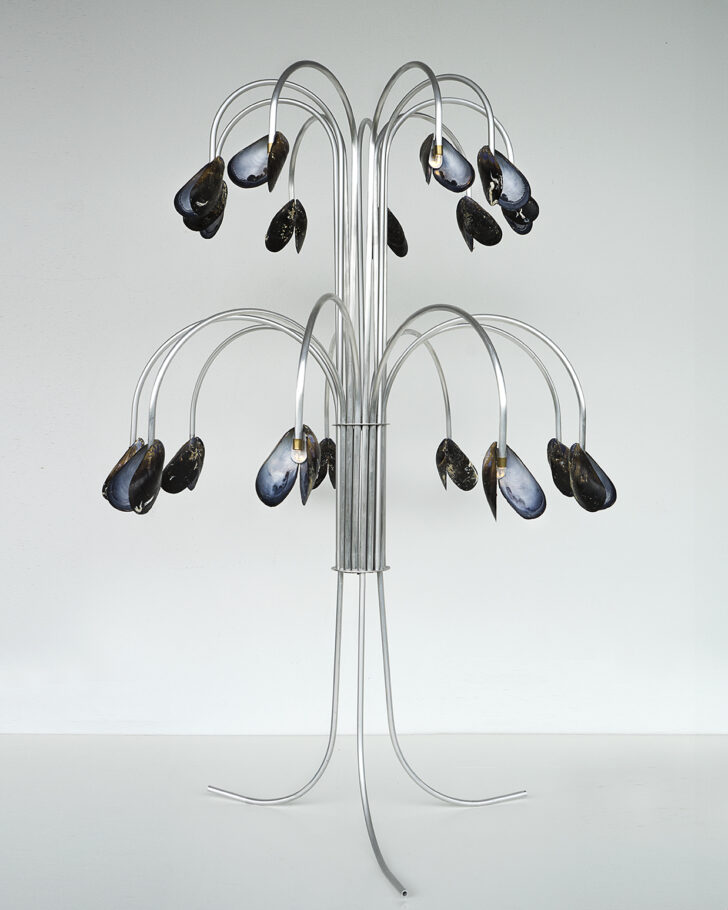
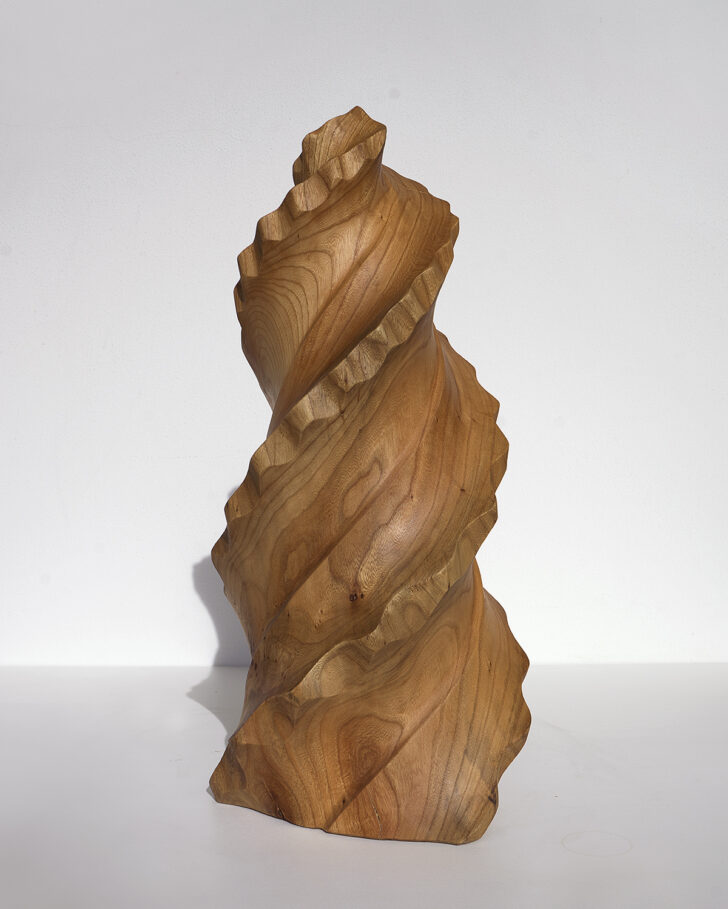
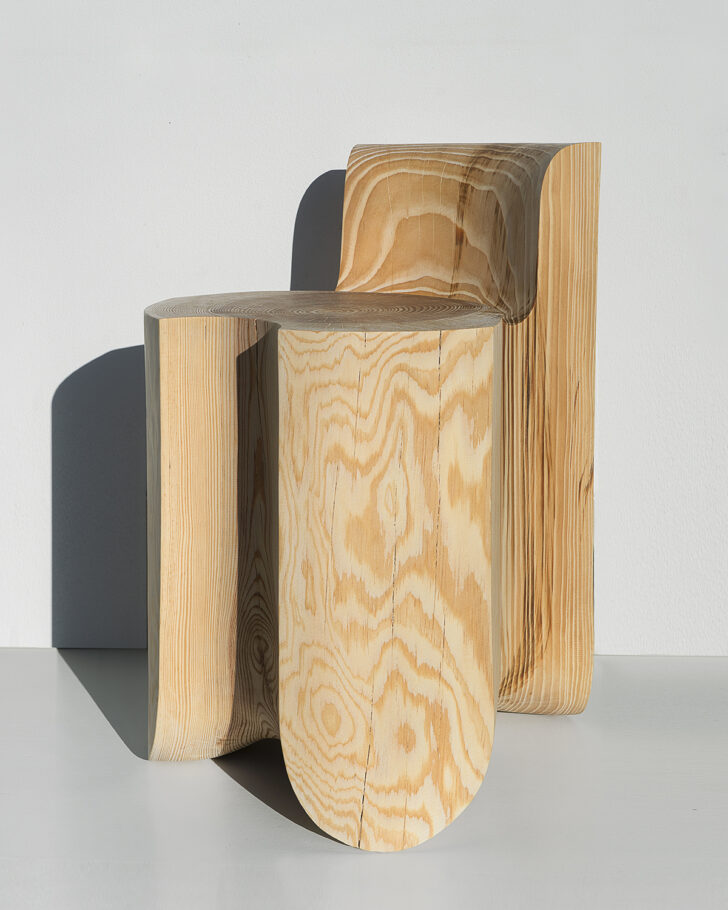
Product designer Alexander Kanygin and fashion designer Anna Druzhinina, of Touch With Eyes, had been traveling around Europe, using their van as a kind of workshop and finding inspiration — and materials — in fields, beaches, mountains, and parking lots. Trees, driftwood, seashells, and buoys from fishing nets became the basis for the seating, lighting, and sculptural works the duo presented at Alcova in Milan last month.
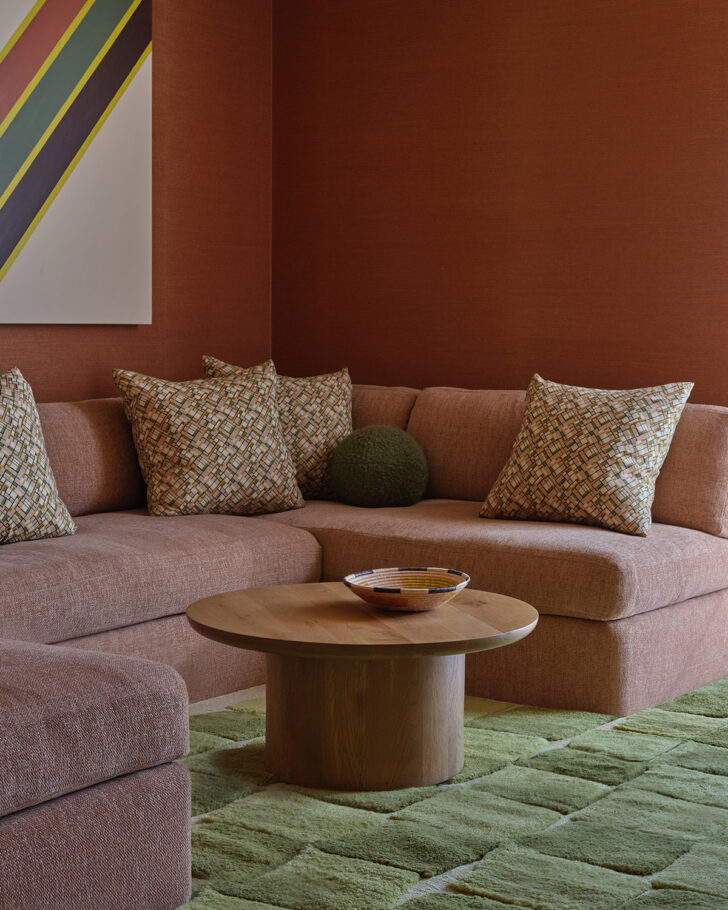
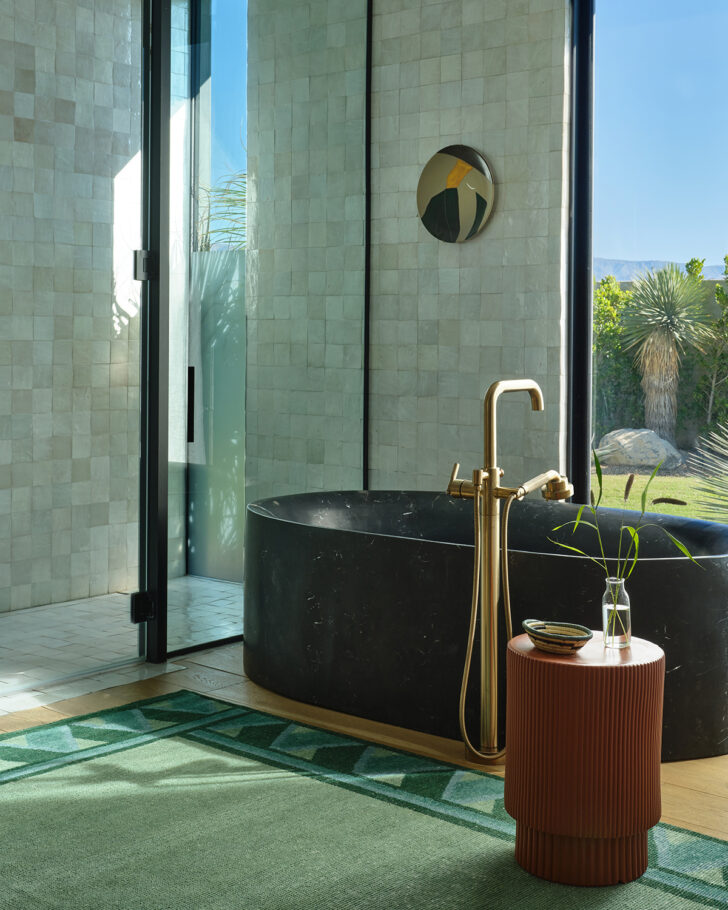
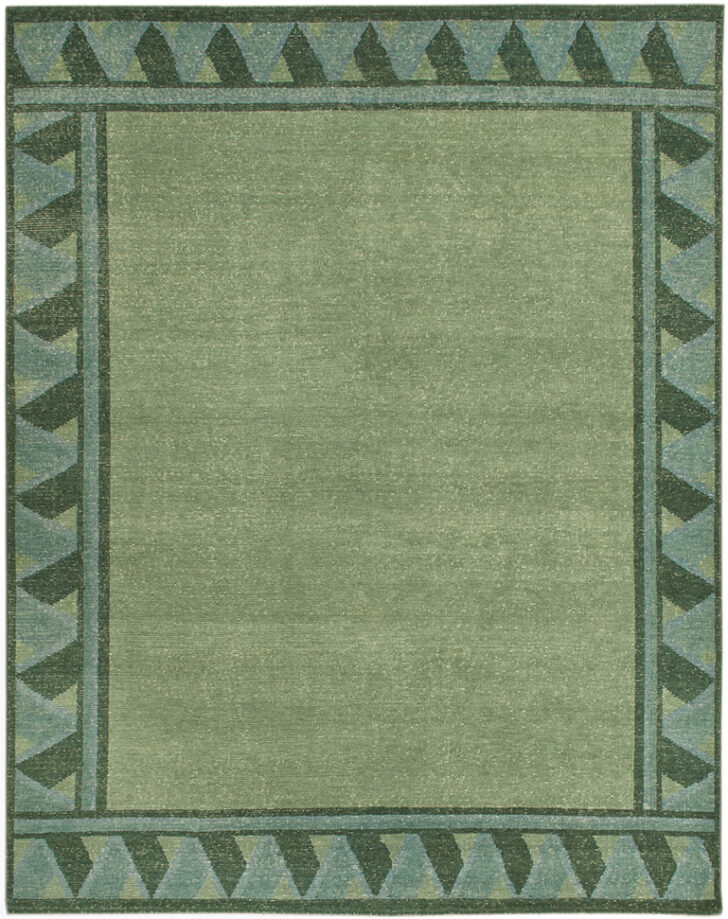 Arcadia — an ideal place of quiet pleasures — is a fitting name for the new collection of hand-knotted wool carpets from New York City interior designer Josh Greene, in his first collaboration with luxury rug maker Marc Phillips. These six designs, inspired by the architecture and ethos of Frank Lloyd Wright’s Usonian homes, feature simple yet striking geometric patterns in warm, welcoming tones.
Arcadia — an ideal place of quiet pleasures — is a fitting name for the new collection of hand-knotted wool carpets from New York City interior designer Josh Greene, in his first collaboration with luxury rug maker Marc Phillips. These six designs, inspired by the architecture and ethos of Frank Lloyd Wright’s Usonian homes, feature simple yet striking geometric patterns in warm, welcoming tones.
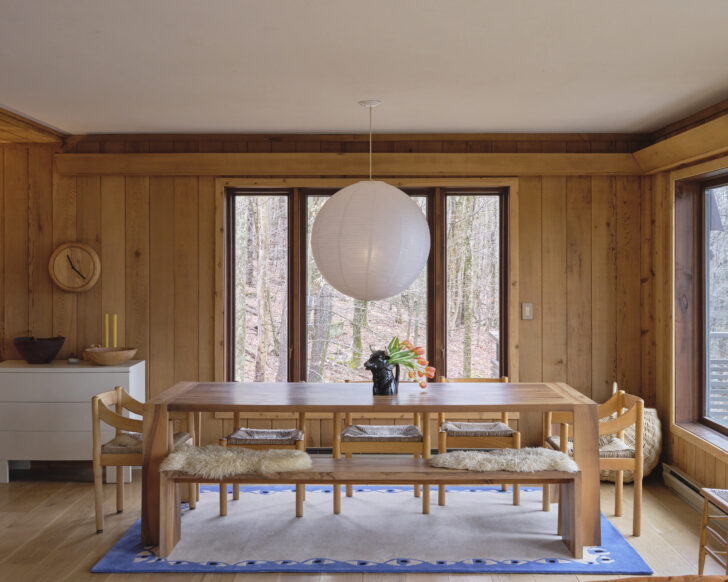
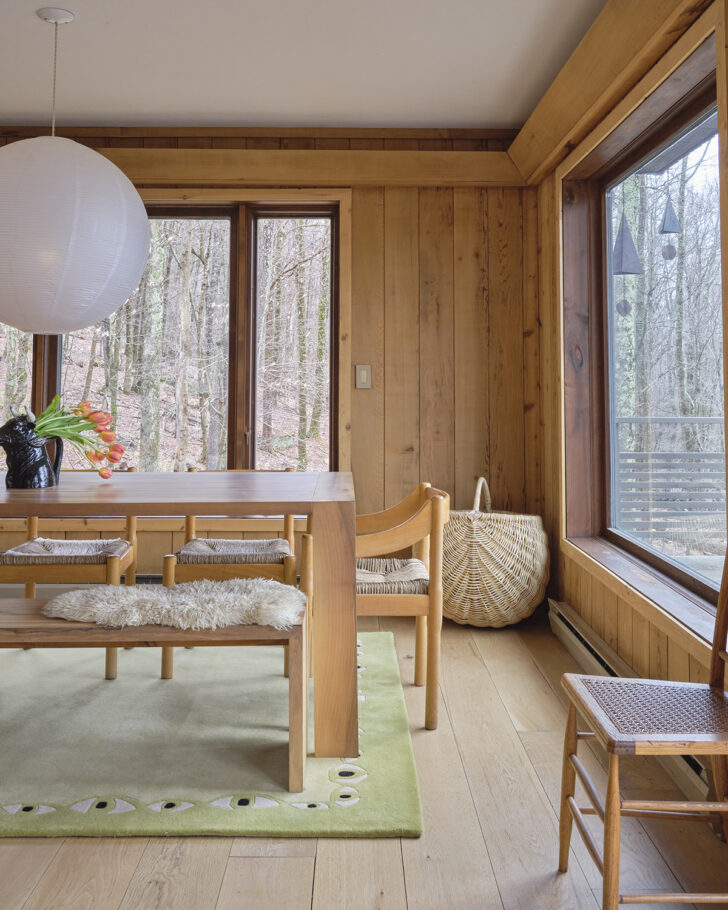
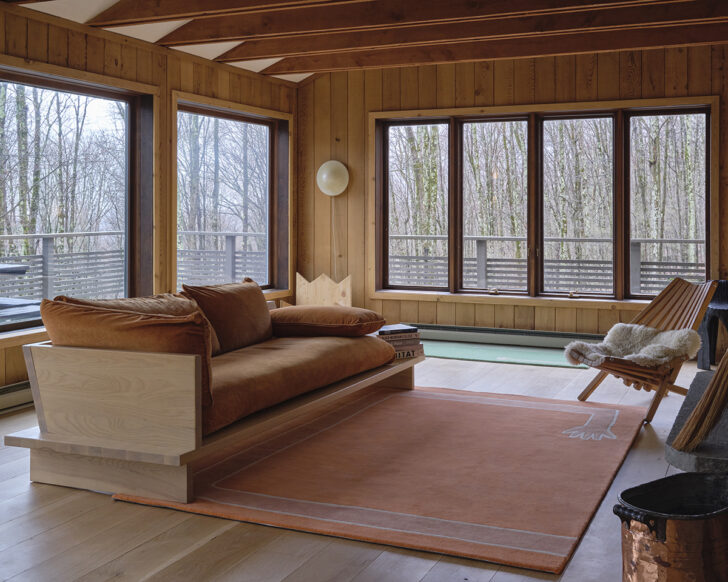
Cold Picnic’s Phoebe Sung and Peter Buer have long been inspired by film when making their rugs, and their newest collection, called Audience / Embrace, is no different: The five rugs and runners, which depict body part motifs, take inspiration from Hayao Miyazaki’s Howl’s Moving Castle and Stanley Kubrick’s The Shining in addition to references from folklore and children’s literature. The title of the collection alludes to the home’s relationship to its occupants, as both witness and restive cocoon.
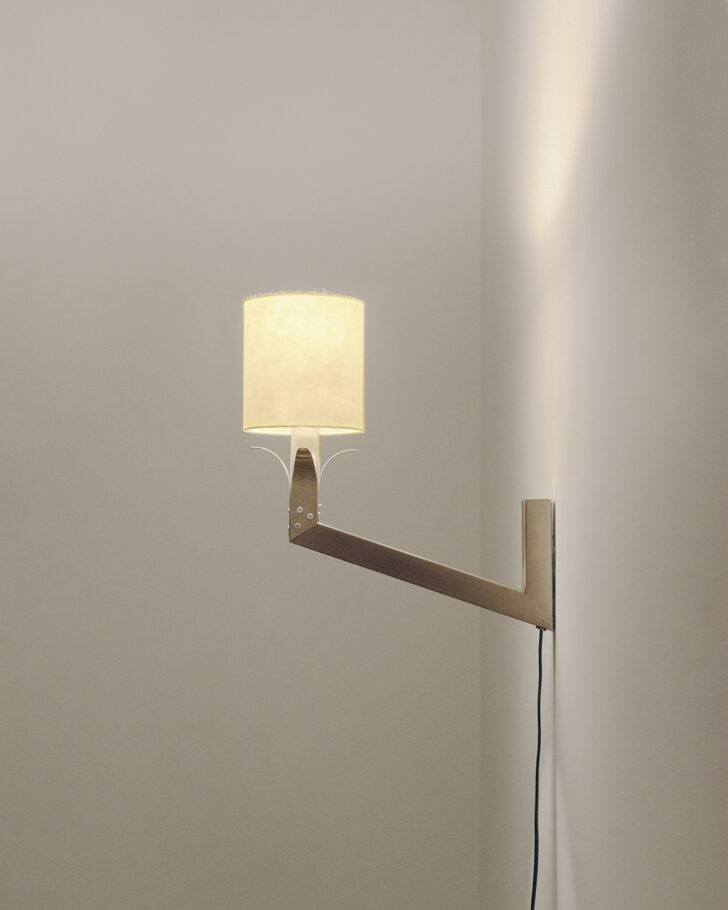
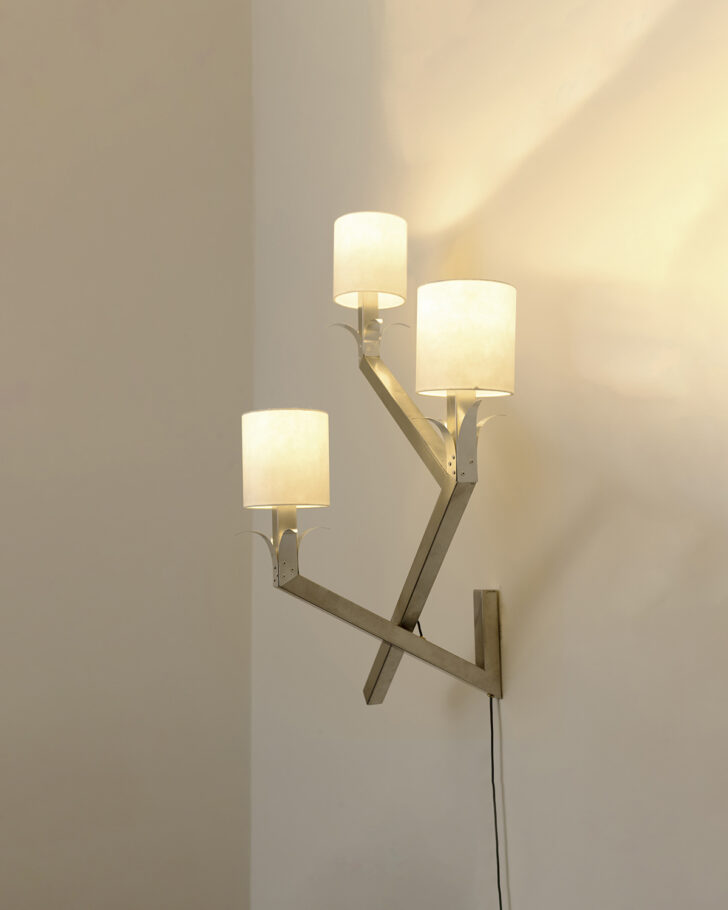
Studio HAOS’ Sophie Gelinet and Cedric Gepner have an eye for restrained elegance, which they’ve applied to a new series of lamps. Part of the Animatière collection from the Lisbon-based designers, this lighting – made of steel tubes with aluminum details and Japanese paper lampshades – is a study in contrasts, with a profile that’s both delicate and strong, and shapes that are geometric yet flowering.
Exhibitions
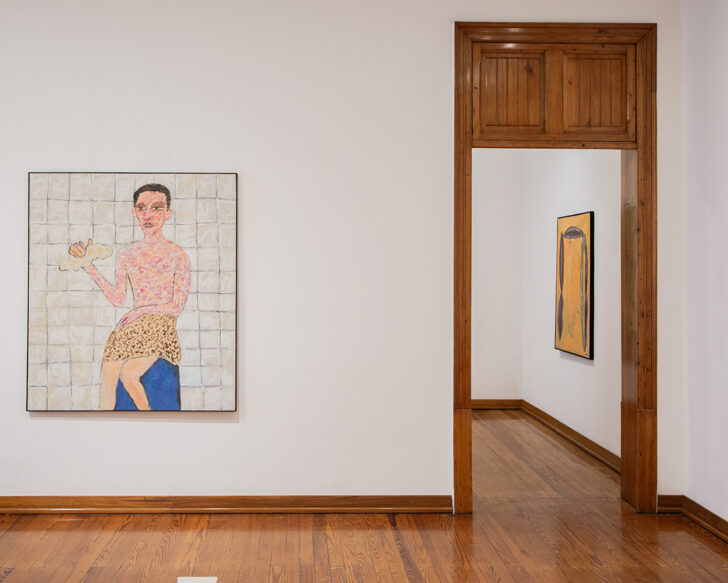
MASA curator-at-large Su Wu’s latest show, Al Amigo Que No Me Salvó La Vida, brings together a collection of Mexican paintings from 1976 through 1991, many of which haven’t been on view in this century. The show takes its name from the 1991 novel by French writer Hervé Guibert, To the Friend Who Did Not Save My Life, a portrait of living with AIDS, and draws on the discourse of Neomexicanismo, the artistic movement of the 1980s that explored and interrogated notions of Mexican identity, often including work that was postmodern in its use of pastiche and ironic re-appropriation of traditional iconography. As these paintings both complement and contrast with each other, Al Amigo Que No Me Salvó La Vida is “gathering moments of collapse within shared narratives.” On view at the Mexico City gallery are canvases by Adolfo Riestra, Francisco Toledo, Georgina Quintana, Germán Venegas, Julio Galán, Nahum B. Zenil, and Roberto Turnbull. Through May 25.
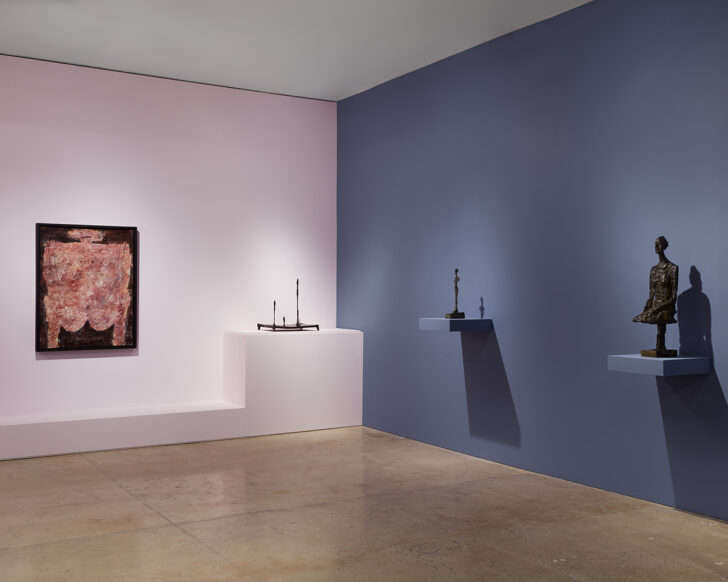
Jean Dubuffet and Alberto Giacometti, two giants of 20th-century art were born in the same year, 1901, and the experience of living through two world wars deeply informs their work. Though they moved in the same circles in Paris, regularly exhibiting at the same gallery, and then both later found acclaim in New York, they’ve only been presented together, in a dedicated show, once before. With Dubuffet x Giacometti, Nahmad Contemporary gallery in Manhattan brings them together again, displaying over twenty works, including sculptures and paintings, and exploring how the parallel practices of these artists both align and diverge from one another. Curated in collaboration with art historian Eleanor Nairne, the show is on view through June 8.
